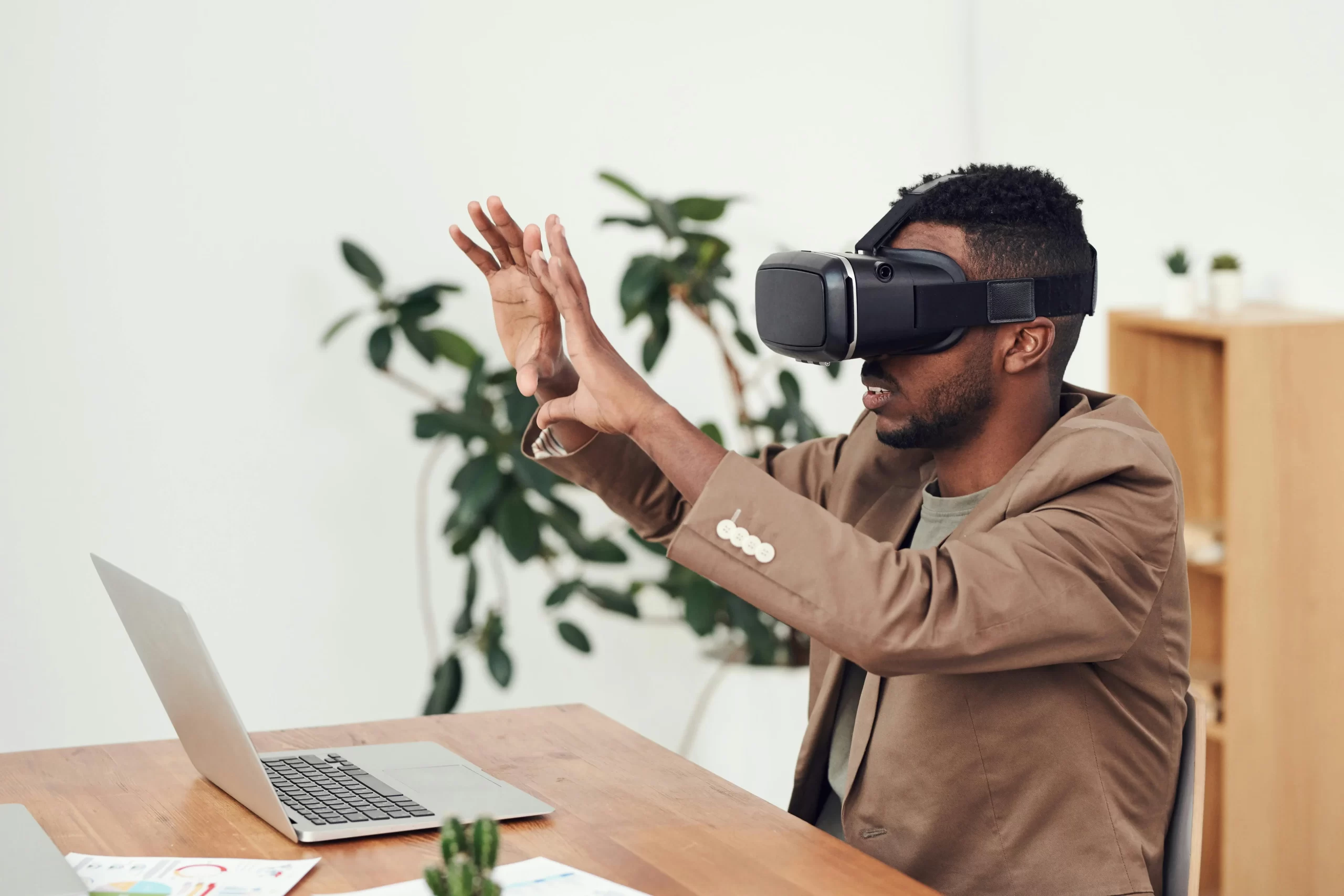
Augmented reality blends digital elements with the real world, enhancing the driving experience by overlaying helpful information onto a driver’s view or providing interactive 3D models for technicians and designers. Unlike virtual reality (VR), which creates a completely digital environment, AR adds context to the physical world, making it especially valuable in automotive applications.
Key Applications of Augmented Reality in the Auto Industry
1. AR Head-Up Displays (HUDs)
One of the most visible applications of AR in cars is the head-up display. These systems project critical information onto the windshield, allowing drivers to keep their eyes on the road while receiving real-time data like speed, navigation prompts, and collision warnings.
Examples:
- Mercedes-Benz MBUX Hyperscreen – Projects augmented navigation, speed, and road hazard alerts.
- BMW iX Flow – Uses AR to highlight lane markings, surrounding vehicles, and turn-by-turn directions.
- Hyundai’s Holographic AR HUD – Integrates navigation, hazard alerts, and road sign recognition.
Benefits:
- Reduced driver distraction
- Improved situational awareness
- Enhanced safety and reaction times
2. AR Navigation Systems
Augmented reality is also changing the way we navigate. Instead of relying solely on maps or voice prompts, AR navigation systems use real-world overlays to guide drivers with precision. These systems can highlight the exact lane to take, display upcoming exits, and even identify potential hazards.
Examples:
- Porsche Taycan’s AR Navigation – Projects turn indicators directly onto the road ahead.
- Audi’s AR Navigation – Highlights traffic signals, crosswalks, and nearby points of interest.
Benefits:
- Clearer directions
- Reduced navigation errors
- More intuitive driving experience
3. AR for Vehicle Maintenance and Repair
For mechanics and DIY enthusiasts, AR is a game-changer. Using AR glasses or mobile apps, technicians can visualize engine components, access repair guides, and diagnose issues without flipping through bulky manuals.
Examples:
- Bosch Augmented Reality Platform – Provides step-by-step repair instructions and 3D part visualization.
- BMW’s AR Smart Glasses – Help technicians identify parts and procedures in real-time.
- Ford’s HoloLens Collaboration – Uses AR to train technicians and streamline repairs.
Benefits:
- Faster, more accurate repairs
- Reduced training time
- Fewer errors and repeat repairs
4. AR in Vehicle Design and Manufacturing
Car manufacturers are also leveraging AR in the design and production stages. Engineers can visualize 3D prototypes, test aerodynamics, and identify potential design flaws before building physical models.
Examples:
- Jaguar Land Rover – Uses AR to test vehicle designs and streamline production processes.
- Ford’s Gravity Sketch – Allows designers to create 3D models in real time.
Benefits:
- Reduced development costs
- Faster time to market
- Improved design accuracy
5. Enhanced Customer Experience and Sales
AR is even changing the way cars are sold. Dealerships and manufacturers are using AR to offer virtual test drives, immersive showrooms, and interactive brochures, allowing customers to explore vehicles without ever setting foot in a dealership.
Examples:
- Audi’s AR Car Configurator – Lets customers visualize different paint colors, wheel options, and interiors.
- Volvo’s AR Test Drive – Allows customers to experience the car’s features in a fully immersive digital environment.
Benefits:
- Enhanced customer engagement
- Personalized buying experience
- Reduced need for physical inventory
Challenges and Future Outlook
Despite its potential, AR in the auto industry faces some challenges:
- High Development Costs – Creating robust AR systems requires significant investment in software, hardware, and data processing.
- Safety Concerns – Balancing the addition of digital overlays without distracting the driver is a critical challenge.
- Data Privacy Issues – AR systems often rely on cameras and sensors that capture personal data, raising privacy concerns.
However, as the technology matures and costs come down, AR is expected to become a standard feature in many vehicles, enhancing safety, convenience, and overall driving enjoyment.
Conclusion
Augmented reality is poised to revolutionize the automotive industry, making driving safer, more intuitive, and more engaging. From advanced head-up displays to immersive maintenance tools, the potential applications are vast, and we’re only just scratching the surface. As carmakers continue to invest in AR, the future of driving is set to be more connected and data-driven than ever before.






Leave a Reply